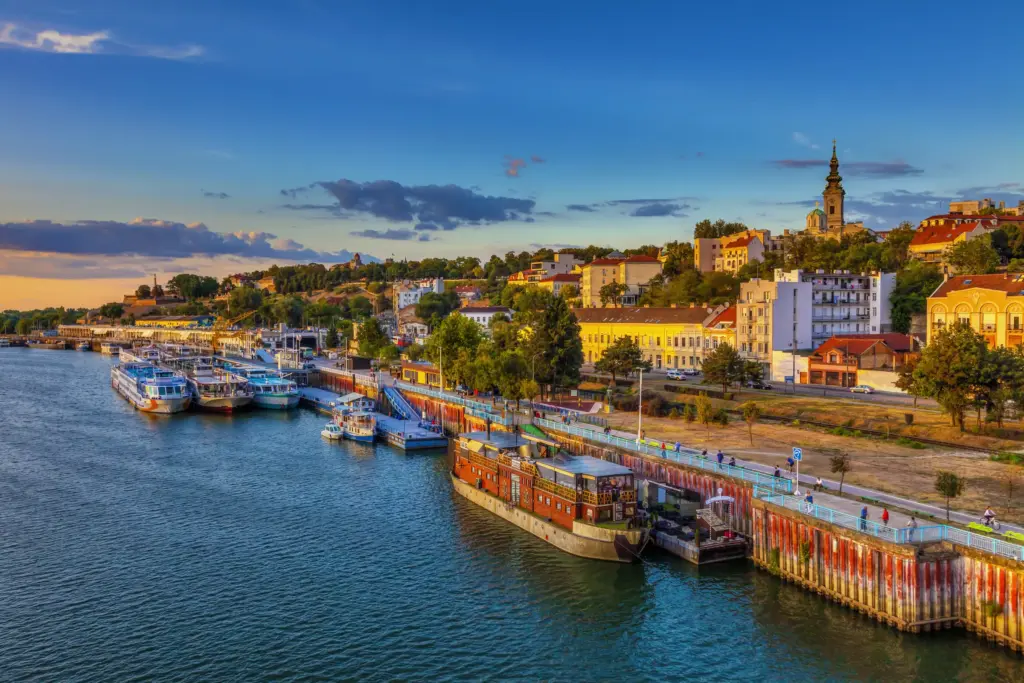
Introduction
Belgrade, the capital of Serbia, is a city that embodies a rich tapestry of history, culture, and modern vitality. As one of the oldest continuously inhabited cities in Europe, Belgrade has played a crucial role in the historical and political landscape of the Balkans. Its strategic position at the confluence of the River Sava and the Danube has witnessed countless civilizations, making it a focal point for trade, culture, and conflict throughout the ages.
Historical Significance
The history of Belgrade is marked by its transformation through various rulers and empires, including the Roman, Ottoman, and Austro-Hungarian empires. The city was declared the capital of Serbia after the country gained independence from the Ottoman Empire in the 19th century. Notable historical landmarks include the Belgrade Fortress, which dates back to the 2nd century and offers a panoramic view of the confluence of the two rivers, and Kalemegdan Park, a popular destination for locals and tourists alike.
Cultural Scene
Belgrade is known for its vibrant cultural scene, featuring numerous museums, galleries, and theaters. The National Museum of Serbia, located in the center of the city, houses an extensive collection of art and artifacts, including works by renowned Serbian and international artists. The city also hosts numerous cultural events throughout the year, such as the Belgrade Festival of Music and the Belgrade Summer Festival, attracting artists and audiences from around the globe.
Modern Belgrade
In recent years, Belgrade has transformed into a modern metropolis, boasting a lively nightlife and burgeoning food scene. The city’s cafes and restaurants offer a blend of traditional Serbian cuisines and international dishes, appealing to both locals and visitors. The Skadarlija district, known for its bohemian atmosphere, is particularly famous for its restaurants serving traditional dishes accompanied by live music. Furthermore, Belgrade’s nightlife is considered one of the most vibrant in Europe, with numerous clubs and bars catering to diverse tastes.
Conclusion
Belgrade is more than just a capital city; it is a living testament to resilience, creativity, and cultural diversity. As it continues to grow and evolve, the essence of Belgrade remains rooted in its rich history and vibrant present. For those looking to explore a city that perfectly blends the old with the new, Belgrade offers an experience like no other, making it a must-visit destination in Europe. As Serbia continues to open up to international tourism, forecasts suggest a steady rise in visitor numbers, further solidifying Belgrade’s status on the world stage.



